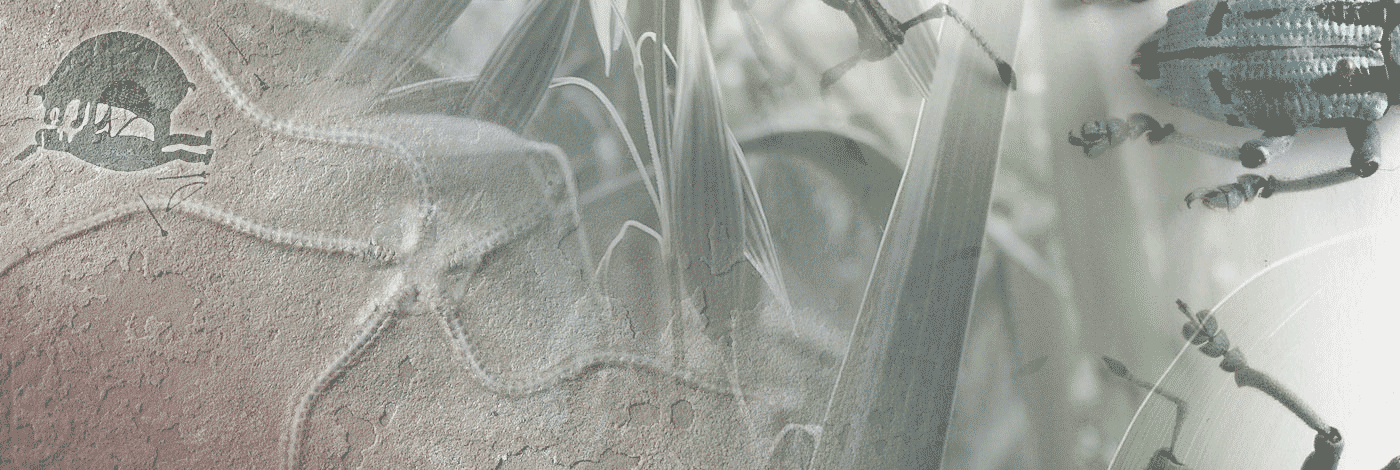
 Bulletin du Muséum national d'Histoire naturelle, 4ème série – section C – Sciences de la Terre, Paléontologie, Géologie, Minéralogie
18 (2-3) - Pages 417-450
Bulletin du Muséum national d'Histoire naturelle, 4ème série – section C – Sciences de la Terre, Paléontologie, Géologie, Minéralogie
18 (2-3) - Pages 417-450Basal ungulate interrelationships (Cretaceous/Paleocene condylarths) are seen here in a broader placental mammal phylogenetic context and based on a cladistic scrutiny of the upper molar morphology. After running the ie* option of the Hennig86 software and applying the successive weighting algorithm for a sample of 19 taxa and 23 characters, a fully resolved branching diagram came out as result with 18 components. Under parenthetical notation the relationships obtained are the following: (Pappotherium (Prokennalestes (Bobolestes (Kennalestes (Cimolestes (Prototomus (Miacis (Proviverra (Zalambdalestes (Leptictis (Scenopagus ((Paramys and Eosigale) (Purgatorius and Palaechthon))(Oxyprimus (Dysnoetodon (Protungulatum and Mimatuta)))))))))))))). Although it is questionable whether some very basal condylarths are indeed exclusive stem groups of ungulates, the results of this study support the monophyly of ungulates. Ungulata is viewed as a member of a large clade, named Magnorder Herbotheria, and comprising Anagalida (sensu Stucky & Mckenna 1993; and here represented by rodents and anagalids), Archonta (represented by plesiadapiformes), and Ungulata (exclusively represented by four basal condylarths).
Cretaceous/Paleocene, placentals, basal ungulates, upper molar morphology and parsimony analysis